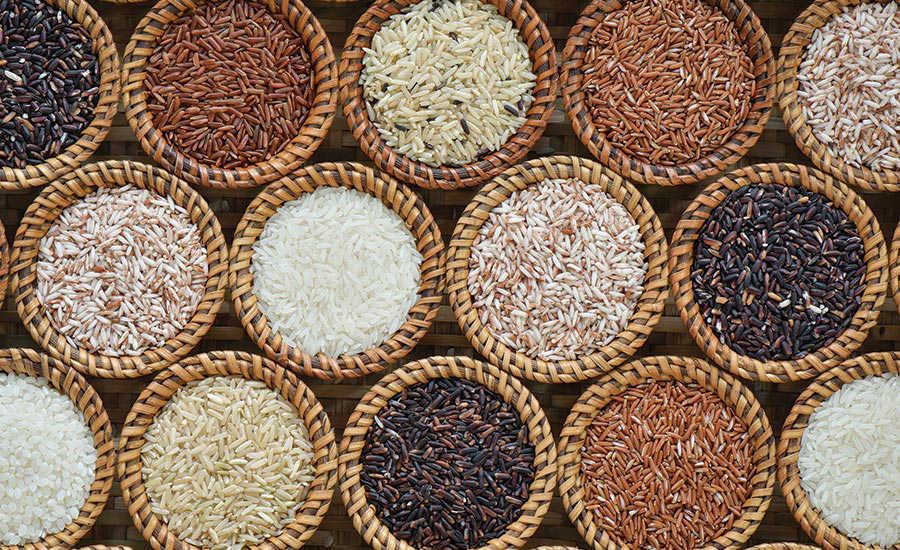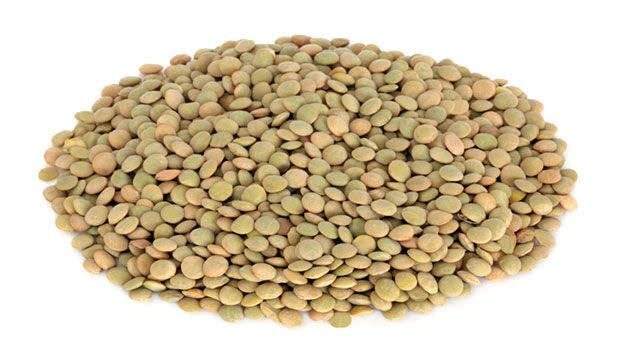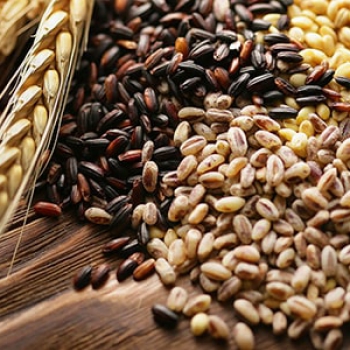Rice grains come in three sizes: short-, medium-, and long-grain. Each type has distinct characteristics and works best in a specific dish. Short-grain rice, like arborio rice, bomba rice, and sushi rice, is similar in length and width and takes on a sticky texture when cooked.
Basmati rice is the overall best choice. Brown or white, it has the least amount of arsenic and the most vitamins and minerals, plus its not as calorically dense as most other types of long grain rice.

Rice can also be divided on the basis of processing type into the two broad categories of brown and white. Brown rice is whole grain, with only the inedible hull of the seed removed, while white rice additionally has the bran and germ removed through the process of milling.
Medium-grain japonica rice is often the typical “table rice” in China, Korea, and Japan, whereas medium-grain Italian rice, like Arborio, Carnaroli, and Vialone Nano, is used to make risotto: Cooked slowly, they release their starches to create a creamy, luscious dish that doesn't leave a sticky coating on the mouth.




